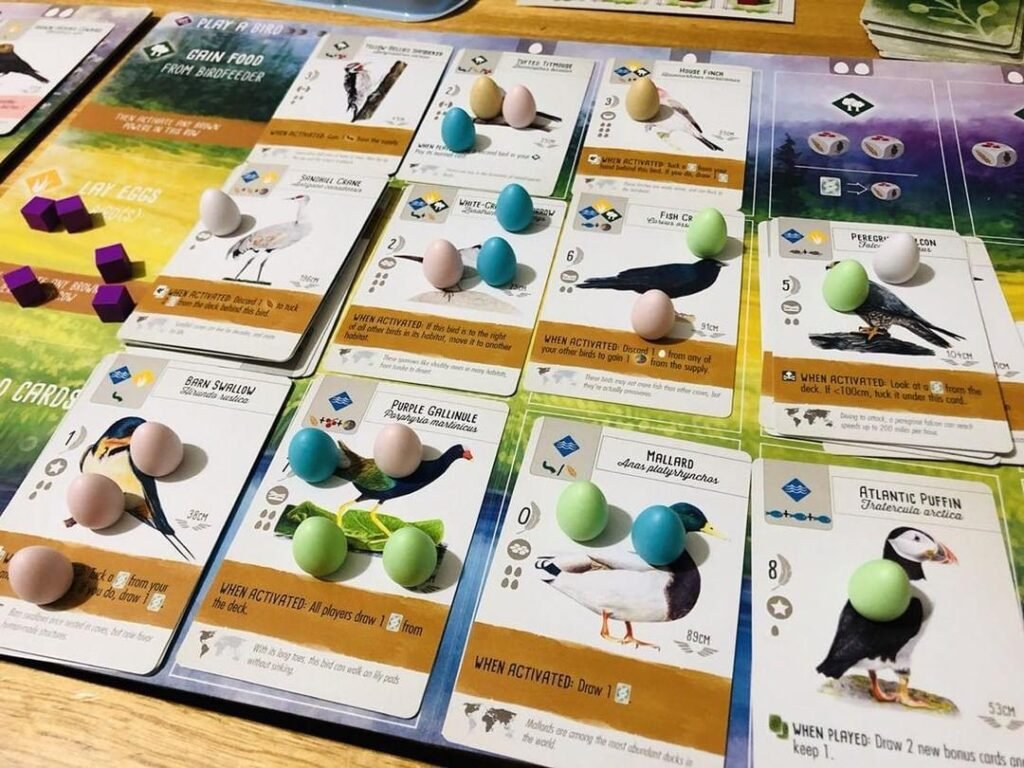
For newcomers to the board gaming hobby, the terminology & mechanics can sometimes feel overwhelming. One term that often confuses new players is “engine building.” This guide aims to demystify this concept & show how it applies to various games, from bird sanctuaries to steampunk vehicles & even marble-powered contraptions.
Understanding Engine Building
In board game terms, an “engine” isn’t about cars or machines, but rather a system of interconnected actions & effects that become more powerful over time. Think of it as creating a well-oiled machine within the game that helps you achieve your goals more efficiently.
Wingspan: Birds & Engines in Harmony

Wingspan is an excellent example of how engine building can be integrated into a thematic experience. In this game, players create a bird sanctuary, represented by their player board with different habitat rows.
Each bird card you play has a “brown power” – an effect that triggers when you activate that row. As you add more birds to a row, you create a chain of effects that activate from right to left. For example:
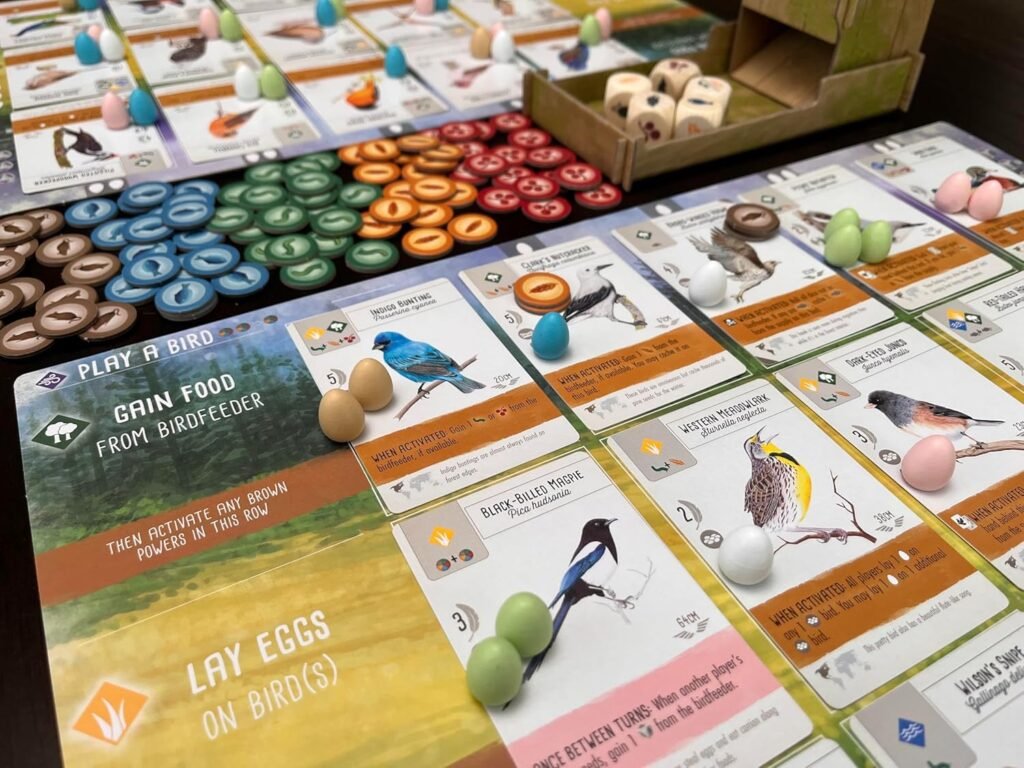
- You might start with a card that lets you lay one egg when activated.
- Add another bird that allows you to give nectar to another player to lay two eggs or gain two dice from the bird feeder.
- Finally, place a bird that gives all players nectar & grain.
When you activate this row, you’ll trigger all these effects in sequence, creating a powerful combo. The key to success in Wingspan is identifying synergies between bird powers & placing them in an order that maximizes their effectiveness.
Steampunk Rally: Literal Engine Building
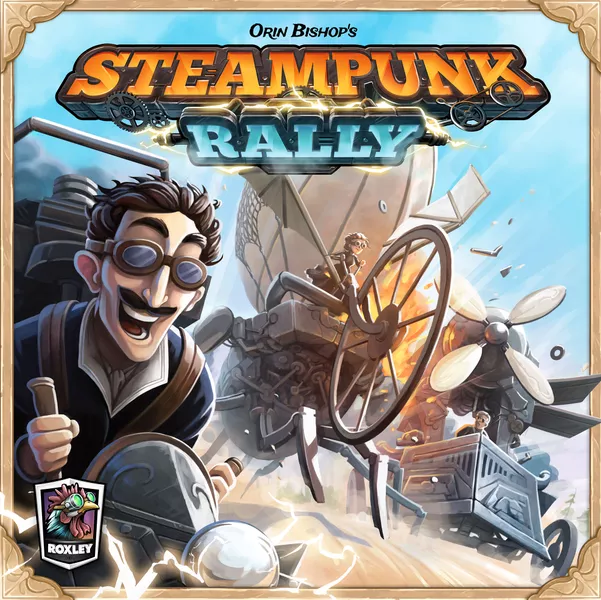
While many engine-building games are metaphorical, Steampunk Rally takes the concept literally. Players draft cards representing engine parts, piecing them together to create wacky vehicles that race through the Swiss Alps.
What makes Steampunk Rally unique is its use of dice as power sources. Different parts of your machine might require specific types of dice – steam, electricity, or heat. The challenge comes in efficiently using these dice to power your contraption & race ahead.
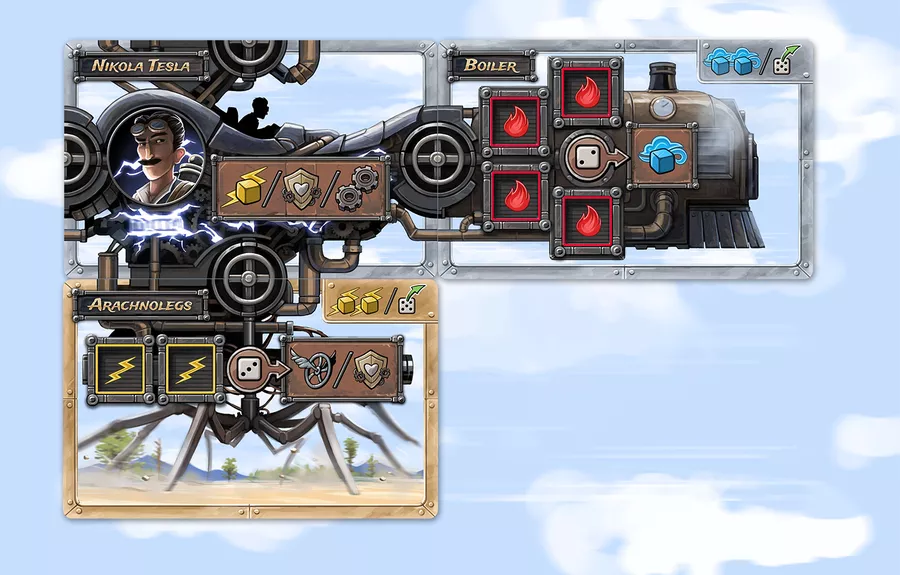
For example, you might use fire dice to generate steam dice, which you then use in a blast pipe to create movement & generate electric dice. This constant conversion & utilization of resources embodies the essence of engine building.
Gizmos: Marbles as Fuel
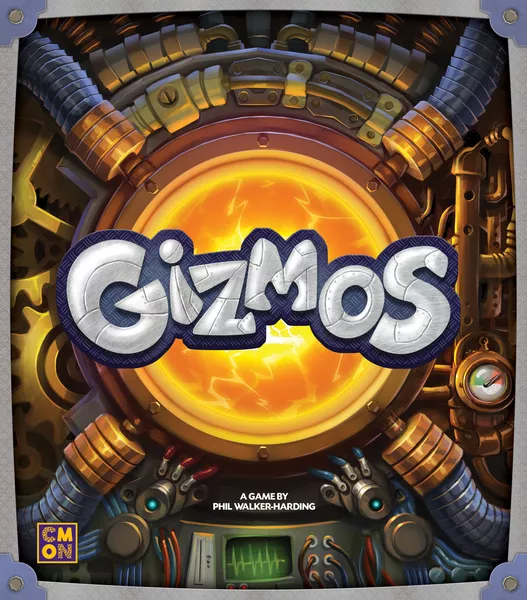
Gizmos presents engine building through the lens of wild inventions powered by colorful marbles. Players construct their engine by adding various gizmo cards to their player board, each with unique effects.
The game starts simply, with basic actions to collect marbles or build low-level gizmos. As your engine grows, you’ll add cards that allow for resource conversion, chaining of effects, & even ways to bend the game rules in your favor.
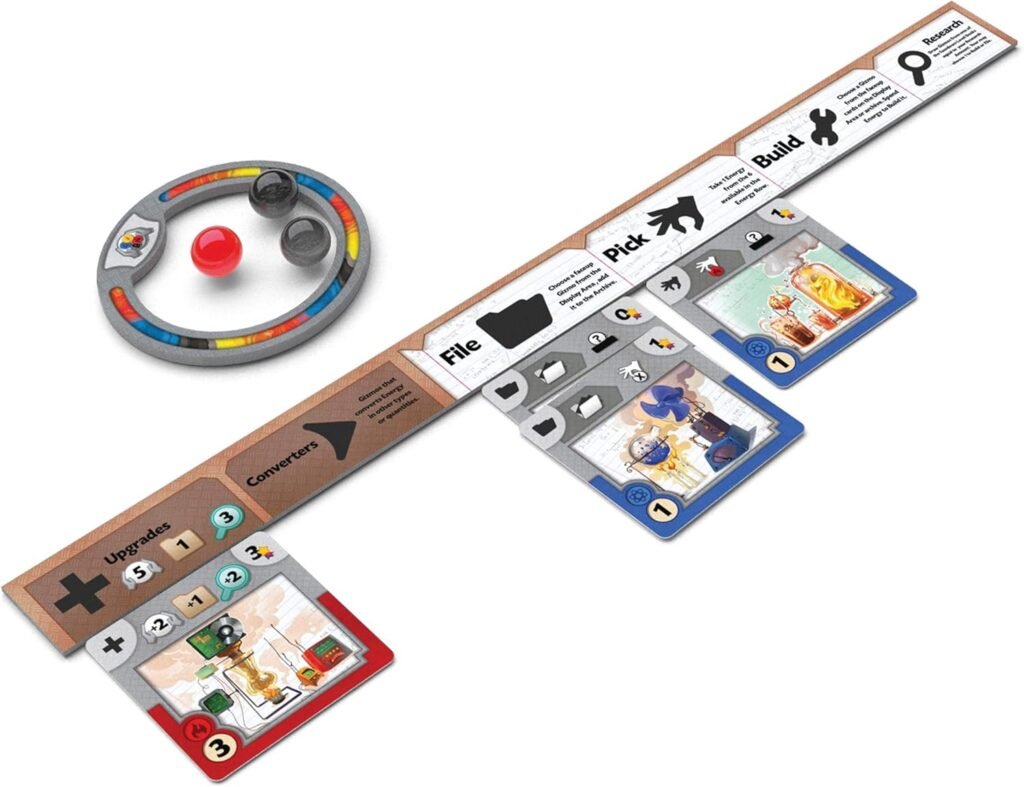
For instance, you might build a gizmo that converts red energy to any other type, opening up new possibilities for future turns. The satisfaction in Gizmos comes from setting up elaborate chains of reactions, where a single action triggers multiple gizmo effects in sequence.
Revive: Unlocking Your Engine

Revive offers a unique take on engine building by having players gradually unlock sections of their player board. Initially, your actions & resources are limited. As you progress, you reveal new areas of your board, expanding your capabilities.
The game involves moving discs along colored tracks, unlocking bonus abilities as you go. You can customize your board with different “microchips,” & the color of cards you play in certain spots can trigger additional bonuses.
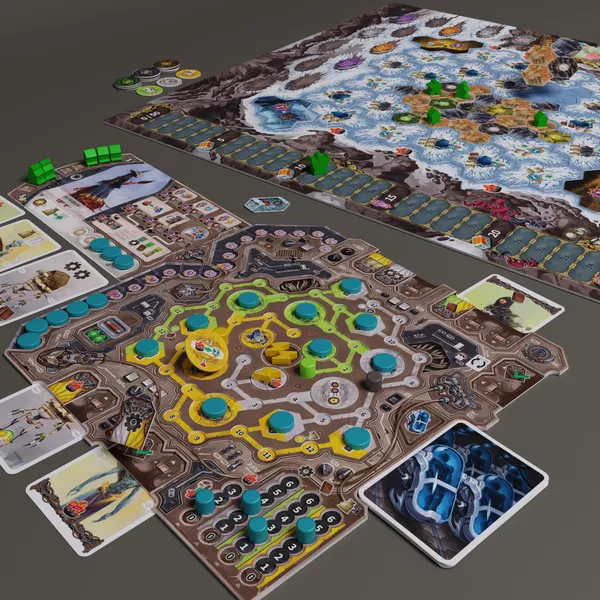
This creates a sense of progression & expansion throughout the game, as your once-limited options grow into a complex network of interrelated actions & bonuses.
Earth: Nature’s Engine

Earth takes the engine-building concept & applies it to the natural world. Similar to Wingspan, players build a tableau of cards representing various plants & ecosystems. However, Earth introduces a unique twist: players get something on every turn, even when it’s not their active turn.
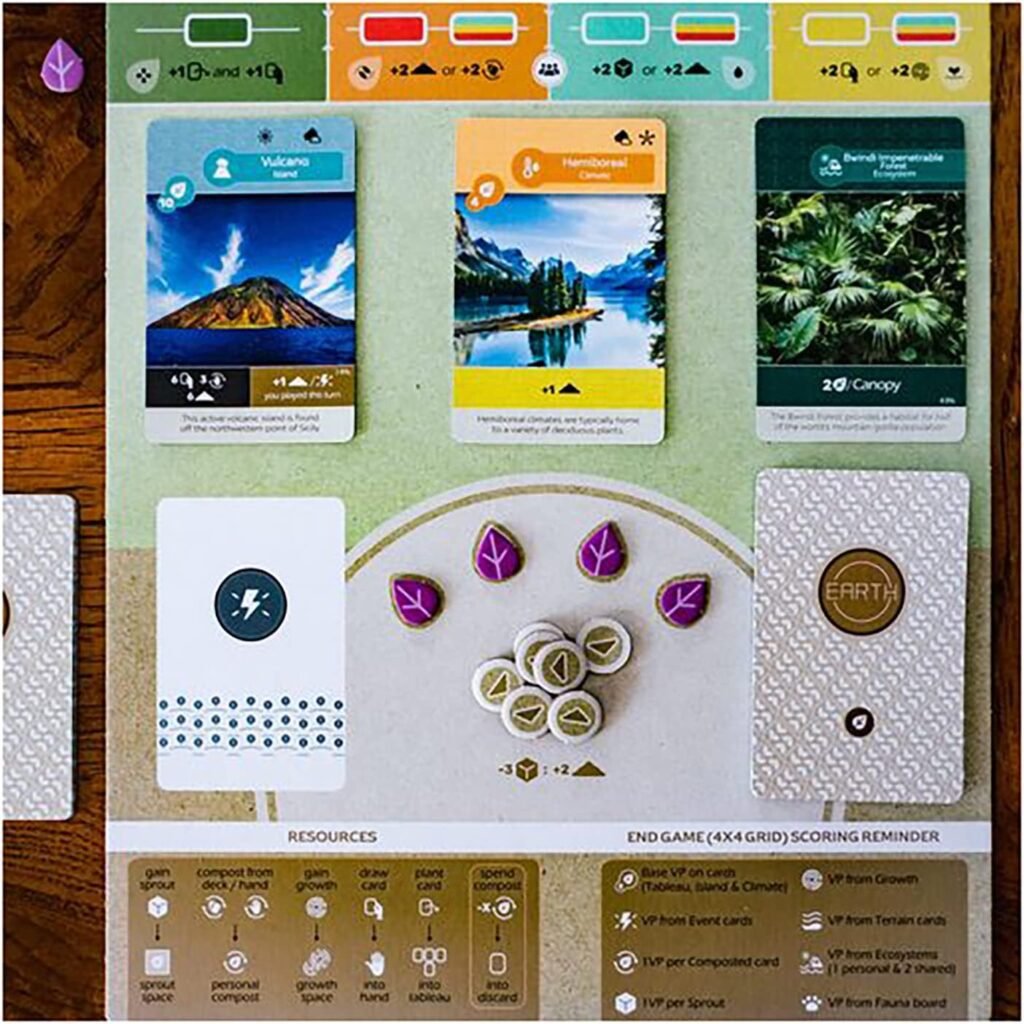
The game centers around growth & resource production. Your “engine” in Earth consists of cards that produce soil, compost, & help trees grow. As your tableau expands, you’ll find more ways to chain effects together, creating a thriving ecosystem that generates victory points.
Tips for Mastering Engine Building
- Plan ahead: Consider how new components will interact with your existing engine.
- Look for synergies: Identify cards or actions that complement each other.
- Balance growth & output: Don’t focus solely on building at the expense of scoring points.
- Adapt to the game state: Be prepared to adjust your strategy based on available resources & opponents’ actions.
- Appreciate complexity: Take time to admire the intricate engines you & your opponents create.
Engine building is a versatile mechanic that adds depth & satisfaction to many board games. Whether you’re arranging birds in a sanctuary, constructing steampunk vehicles, nurturing ecosystems, or inventing marble-powered contraptions, the joy of creating a finely-tuned engine is a rewarding aspect of modern board gaming. As you explore more games, you’ll discover new & exciting ways that designers implement this engaging mechanic.
At no extra cost to you, The Board Game Site may receive revenue from affiliate and advertising partnerships for sharing this content and from purchases through links.






